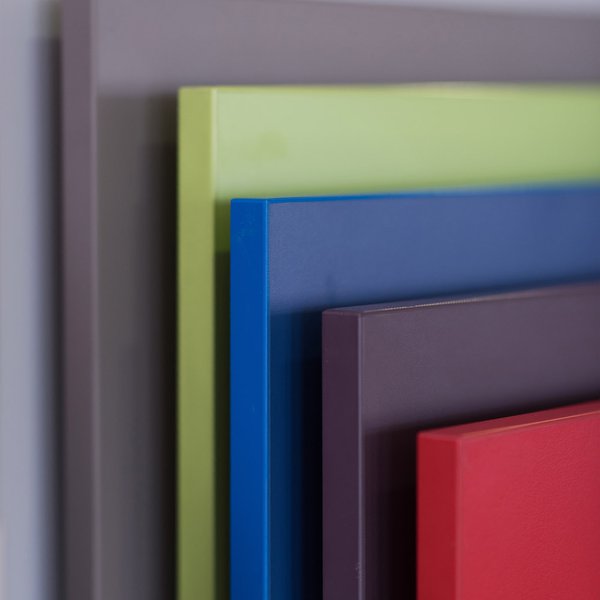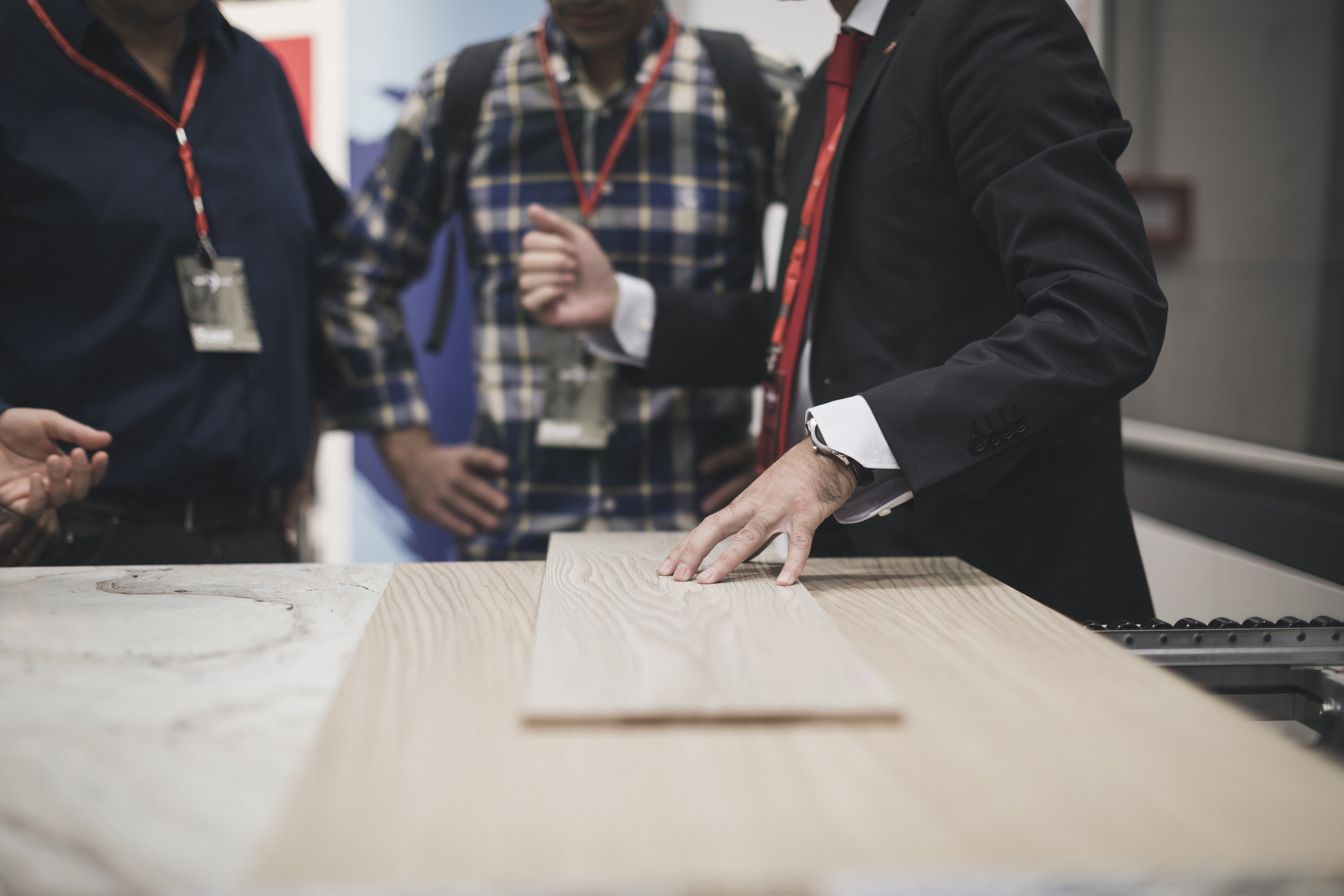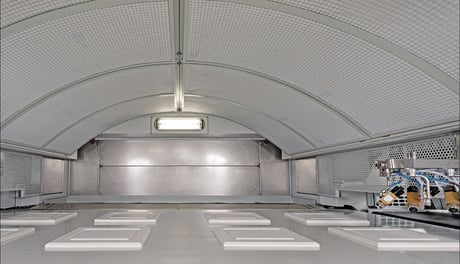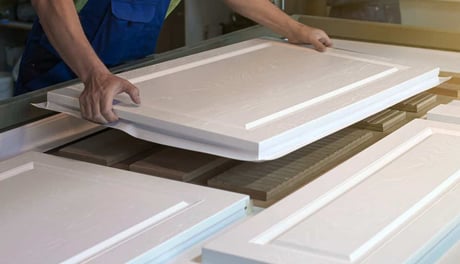Furniture coating: the characteristics of industrial coating lines
Furniture for bedrooms or children bedrooms, outdoor furniture and other wooden items and items made from wood derivatives: the furniture industry covers a variety of finished products. Different items, however, often require industrial finishing lines sharing the same characteristics:
- Superior and consistent quality finishes, for which line and process automation is essential.
- Flexibility: possibility of processing small batches efficiently, with customizations and special processes on request.
- Efficiency: essential for securing good profit margins. Software and IoT solutions help monitor and optimize processes through every stage.
- Innovation: to overcome the limits of raw materials with high-performance surfaces and flawless finishes.
Finishing technology applications for the furniture industry
Campi di utilizzo
Below are some furniture industry specific application areas and finished products
APPLICATIONS

Chairs

Bedrooms

Kids bedroom furniture
techniques
Furniture coating techniques for flat or raised panels
Several technologies can be used within an integrated line:
- Industrial spray or roller coating for flat or raised panels.
- Vacuum coating for ideal edge finishing.
- Industrial digital printing to expand the range of customization options and to finish panels and edges.
- Drying systems including ovens, UV ovens, and excimer matting technology to obtain matt and hard wearing finishes.

Focus On

Vacuum coating for perfect edges
Working in the furniture industry means having to deal with a large number of panels to process and finish. Frequently, however, the quality of finished products is determined by how edges are processed. Technologies are now available to improve edge finishing, including vacuum coating with Smartvacuum and Smartedge. These two machines use the same technology both on the surface of the panel and on the edge, to obtain an identical finish. This is also possible by using an industrial digital printer, also part of the broad range of solutions available from Cefla Finishing.
Discover more
Some of the machines that can be used for furniture finishing and coating
Machines
Case studies
Case study
WHITEPAPER
Industrial digital printing has unlimited potential
Discover all the potential effects that you can obtain on different substrates thanks to digital printing.
Download the White Paper
Learn More
MAGAZINE
For sixty years we have been innovators in the field of surface finishes.
We make our know-how available to you to help you explore the latest finishing technologies for the furniture industry.
Feel free to contact us to visit our 3000 sq.m laboratory and test your own components on our equipment.

Connect
Frequently Asked Questions
Frequently Asked Questions
High flexibility in terms of output rate and choice of cycles/processes according to the line make-up.
Zero solvent emissions thanks to 95% use of products with high dry residue (UV) content.
Possibility of using the roller technique for any application on all flat surfaces.
- Handling large volumes. This technique is not for mass production.
- Economies of scale. Unit cost does not drop in line with higher volumes.
- Learning curve. Many end-users are at the start of the learning curve and need to develop some skills and knowledge to exploit the technologies. We can support you.













